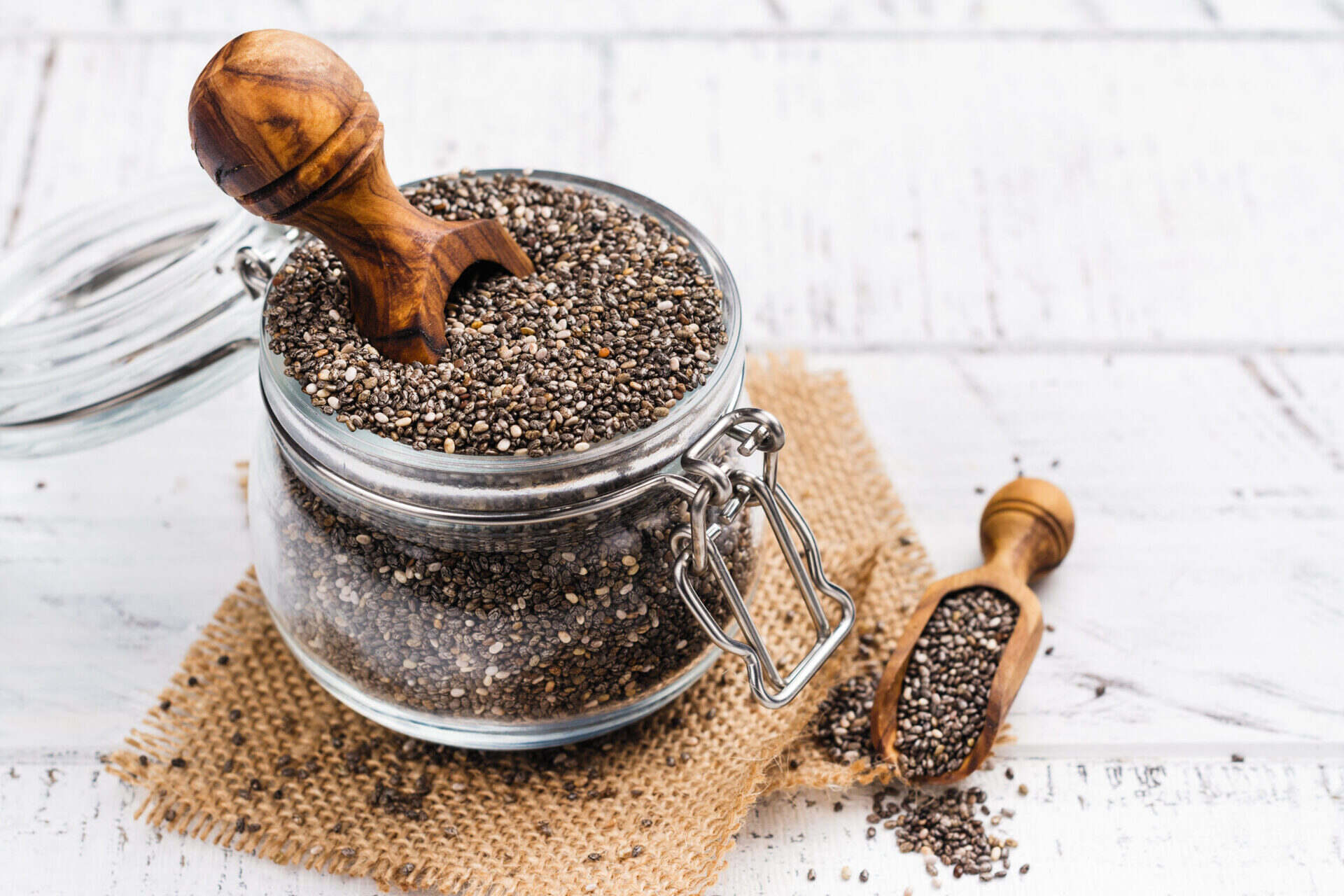

Articles
How To Store Chia Seeds Once Opened
Modified: February 27, 2024
Learn the best ways to store and preserve chia seeds once opened with our informative articles. Keep your chia seeds fresh and nutritious for longer!
(Many of the links in this article redirect to a specific reviewed product. Your purchase of these products through affiliate links helps to generate commission for Storables.com, at no extra cost. Learn more)
Introduction
Chia seeds, with their numerous health benefits and versatility in cooking, have become a popular superfood in recent years. Packed with fiber, protein, and omega-3 fatty acids, chia seeds are a nutritious addition to any diet. However, once you open a package of chia seeds, it’s important to store them properly to maintain their freshness and extend their shelf life.
In this article, we will explore the importance of proper storage for chia seeds and provide you with helpful tips on how to store them once opened. By following these guidelines, you can ensure that your chia seeds retain their nutritional value and stay fresh for longer periods.
Key Takeaways:
- Proper storage of chia seeds is crucial to maintain their freshness and nutritional value. Choose the right container, store in a cool, dark place, and avoid exposure to moisture and heat to maximize shelf life.
- Consider refrigeration or freezing to extend the shelf life of chia seeds. Regularly check for rancidity and employ tips like buying in smaller quantities and using a spoon for retrieval to ensure freshness and flavor.
Read more: How To Store Vodka Once Opened
Importance of Proper Storage
Proper storage is crucial when it comes to preserving the quality and nutritional value of chia seeds. Just like any other food, exposure to factors such as air, light, heat, and moisture can lead to the degradation of the seeds and reduce their shelf life.
Chia seeds are rich in omega-3 fatty acids, which are sensitive to oxidation. When exposed to air or light, these healthy fats can become rancid, causing the seeds to develop an unpleasant taste and odor. Additionally, heat and moisture can promote the growth of mold and bacteria, making the chia seeds unsafe to consume.
To ensure that your chia seeds remain fresh and maintain their nutritional benefits, it is essential to store them in optimal conditions.
By taking the time to store your chia seeds properly, you can prolong their shelf life, maintain their flavor and texture, and ensure that you’re getting the most out of this nutritional powerhouse.
Choosing the Right Container
When storing chia seeds, it’s crucial to choose the right container to protect them from air and moisture. The ideal container should be airtight and opaque to minimize exposure to light.
Consider using glass or food-grade plastic containers with tight-fitting lids. Mason jars are an excellent option as they are airtight and allow you to see the contents inside without exposing the seeds to light. Make sure the containers are clean and dry before transferring the chia seeds.
Avoid storing chia seeds in their original packaging, particularly if it’s a resealable bag. While these bags are designed to seal in freshness, they may not provide enough protection against air and moisture over time. Instead, transfer the chia seeds into a container that offers better sealing.
Remember to label your containers with the date of when you opened the chia seeds or the expiration date, whichever comes first. This will help you keep track of their freshness and ensure you use the oldest seeds first.
By selecting an airtight and opaque container, you can shield your chia seeds from harmful elements that can compromise their quality and shelf life.
Store in a Cool, Dark Place
Chia seeds are best stored in a cool and dark location to minimize exposure to heat and light. Both heat and light can accelerate the degradation of the seeds, leading to a loss of nutritional value and potential spoilage.
Choose a storage spot away from direct sunlight, as UV rays can easily penetrate through transparent containers and affect the quality of the chia seeds. Light can also promote oxidation of the fats present in the seeds, causing them to go rancid.
Avoid storing chia seeds near a stove, oven, or other sources of heat as the warmth can speed up the degradation process. Heat can cause the seeds to become stale and lose their texture and flavor.
Instead, opt for a cool storage area such as a pantry or cupboard. Make sure the temperature is stable and doesn’t fluctuate too much. Avoid storing chia seeds in the refrigerator door as it experiences frequent temperature changes when opened and closed. This can lead to condensation and moisture buildup inside the container.
By storing chia seeds in a cool and dark place, you can preserve their freshness and nutritional value for a longer period.
Avoid Exposure to Moisture
Moisture is one of the biggest enemies of chia seeds when it comes to storage. Too much moisture can lead to the growth of mold and bacteria, rendering the seeds unsafe for consumption.
To protect your chia seeds from moisture, it’s crucial to keep them away from areas of high humidity, such as the kitchen sink or the bathroom. These areas are prone to moisture buildup, which can seep into the containers and cause the seeds to become damp. Once moisture infiltrates the seeds, they can begin to spoil and lose their nutritional value.
Avoid transferring the chia seeds into a container that has any traces of moisture or condensation. Ensure that both the container and the seeds are completely dry before sealing them tightly.
If you live in a particularly humid environment, consider adding a desiccant packet to the container. These packets are designed to absorb moisture and keep the chia seeds dry. You can find desiccant packets at local stores or online, and they are a simple and effective way to maintain the quality of your chia seeds.
Furthermore, be mindful of any potential sources of moisture in your pantry or storage area. Avoid storing chia seeds near areas where water can leak or where there is a risk of spills.
By keeping chia seeds away from moisture, you can ensure their freshness and prevent the growth of harmful microorganisms.
Store opened chia seeds in an airtight container in a cool, dark place, such as a pantry or cupboard. This will help to preserve their freshness and prevent them from going rancid.
Read more: How To Store Ghee Once Opened
Keep Away from Direct Sunlight and Heat
Exposure to direct sunlight and heat can accelerate the degradation process of chia seeds, leading to a loss of nutritional value and a shorter shelf life. It’s important to keep the seeds in a cool and dark place to protect them from these damaging elements.
Direct sunlight can cause the seeds to undergo oxidation and can speed up the breakdown of their healthy fats. This can result in a rancid taste and a loss of nutritional benefits. Therefore, it’s crucial to store chia seeds in opaque containers or in a location where they’re shielded from direct sunlight.
In addition to sunlight, heat can also have a detrimental impact on the quality of chia seeds. High temperatures can cause the fats in the seeds to become rancid, making them taste bitter and unpleasant. Heat can also reduce the overall texture and crunchiness of the seeds.
Avoid storing chia seeds in areas near heat sources such as stoves, ovens, or radiators. These areas typically experience higher temperatures and can accelerate the degradation process of the seeds.
Furthermore, it’s important to note that temperature fluctuations can also negatively affect the quality of chia seeds. Avoid storing the seeds in areas where the temperature changes frequently, as this can create condensation inside the container and lead to moisture buildup, which can ultimately spoil the seeds.
By keeping chia seeds away from direct sunlight and heat, you can ensure that they retain their nutritional value, flavor, and texture for an extended period.
Consider Refrigeration or Freezing
While chia seeds can be stored at room temperature, refrigeration or freezing can be viable options to extend their shelf life, especially if you live in a warm and humid climate or if you have a large quantity of seeds that won’t be used within a short period.
Refrigeration can help to keep chia seeds fresh for a longer duration. Place the seeds in an airtight container and store them in the refrigerator. The cooler temperature will help slow down the oxidation process and prevent the growth of mold and bacteria. However, keep in mind that refrigeration may cause condensation when you take the container out, so be sure to allow it to reach room temperature before opening to minimize moisture exposure.
Freezing chia seeds can further extend their shelf life. Divide the seeds into smaller portions in airtight freezer bags or containers, squeezing out as much air as possible before sealing. Properly frozen chia seeds can last up to one year or more without a significant loss in quality. When you’re ready to use them, thaw the desired portion in the refrigerator overnight or at room temperature.
It’s important to note that freezing may change the texture of chia seeds, making them slightly more gelatinous when soaked. However, this change won’t affect their nutritional value.
Whether you choose to refrigerate or freeze your chia seeds, always ensure they are stored in airtight and freezer-safe containers to protect them from moisture and freezer burn.
When using refrigerated or frozen chia seeds, it’s best to consume them within a reasonable time frame to maximize freshness and nutritional benefits.
By considering refrigeration or freezing, you can effectively prolong the shelf life of your chia seeds and prevent their degradation due to heat or moisture.
Check for Rancidity
It’s important to regularly check your chia seeds for any signs of rancidity. Rancid chia seeds have a distinct off-putting smell and taste, similar to stale oil or nuts. Consuming rancid seeds can lead to digestive discomfort and a decrease in their nutritional benefits.
To check for rancidity, take a small handful of chia seeds and examine them closely. Sniff them to detect any unusual or foul odors. If the seeds have an unpleasant smell, discard them immediately as they have likely gone rancid.
Next, taste a few seeds to check for any bitter or unpleasant flavors. Rancid seeds will have an off taste that is noticeably different from fresh chia seeds. If you detect any bitterness or an unpleasant aftertaste, it’s best to discard the seeds and purchase a new batch.
Regularly inspecting and evaluating the quality of your chia seeds will ensure that you consume only fresh and nutritious seeds, while avoiding any potential health risks associated with rancidity.
If you notice any signs of rancidity, it’s important to dispose of the affected seeds properly and replace them with fresh ones. This will help maintain the quality and flavor of your chia seeds and prevent any negative effects on your health.
Tips for Extending Shelf Life
In addition to proper storage techniques, there are a few extra tips and tricks you can employ to further extend the shelf life of your chia seeds:
- Buy in smaller quantities: Consider purchasing chia seeds in smaller quantities to ensure that you can use them up before they expire. This will help prevent wastage and ensure that you always have fresh seeds on hand.
- Properly seal the container: Ensure that the container holding your chia seeds is tightly sealed after each use. This will help prevent air and moisture from entering and prolong the seeds’ freshness.
- Keep track of expiration dates: Always check the expiration date on the package of chia seeds and make a note of it when transferring them to a storage container. This will help you keep track of the seeds’ shelf life and use them in a timely manner.
- Use a spoon or scoop: When retrieving chia seeds from the container, avoid using your hands to prevent potential contamination. Instead, use a clean spoon or scoop to maintain the seeds’ hygiene and prevent the introduction of moisture or bacteria.
- Avoid storing near strong odors: Chia seeds have a unique flavor and can easily absorb odors from nearby strong-smelling foods. Be mindful of storing them away from strong-smelling spices, herbs, or pungent ingredients to prevent cross-contamination and maintain their natural taste.
- Practice FIFO (First In, First Out): When using your chia seeds, follow the FIFO method. This means using the oldest seeds first to prevent them from sitting in storage for too long and potentially losing their freshness.
- Avoid exposing seeds to air: Whenever you open the container to access your chia seeds, do so quickly and reseal it immediately. Minimizing their exposure to air will help preserve their flavor and quality.
By implementing these tips, you can maximize the shelf life of your chia seeds and ensure that they stay fresh and flavorful for as long as possible.
Read more: How To Store Cognac Once Opened
Conclusion
Proper storage of chia seeds is essential to maintain their freshness, flavor, and nutritional value. By following the tips outlined in this article, you can ensure that your chia seeds remain in optimal condition for an extended period.
Remember to choose the right container that is airtight and opaque to protect the seeds from air and light. Store the chia seeds in a cool, dark place away from direct sunlight, heat, and moisture. Consider refrigeration or freezing if you live in a warm climate or have a large quantity of seeds.
Regularly check for signs of rancidity to ensure you only consume fresh and healthy chia seeds. Additionally, employ the tips for extending the shelf life, such as buying in smaller quantities, properly sealing the container, and using a spoon or scoop for retrieval.
By implementing proper storage techniques and following these guidelines, you can prolong the shelf life of your chia seeds and enjoy their nutritional benefits for longer periods. So, store your chia seeds wisely and make the most out of this nutrient-packed superfood!
Frequently Asked Questions about How To Store Chia Seeds Once Opened
Was this page helpful?
At Storables.com, we guarantee accurate and reliable information. Our content, validated by Expert Board Contributors, is crafted following stringent Editorial Policies. We're committed to providing you with well-researched, expert-backed insights for all your informational needs.
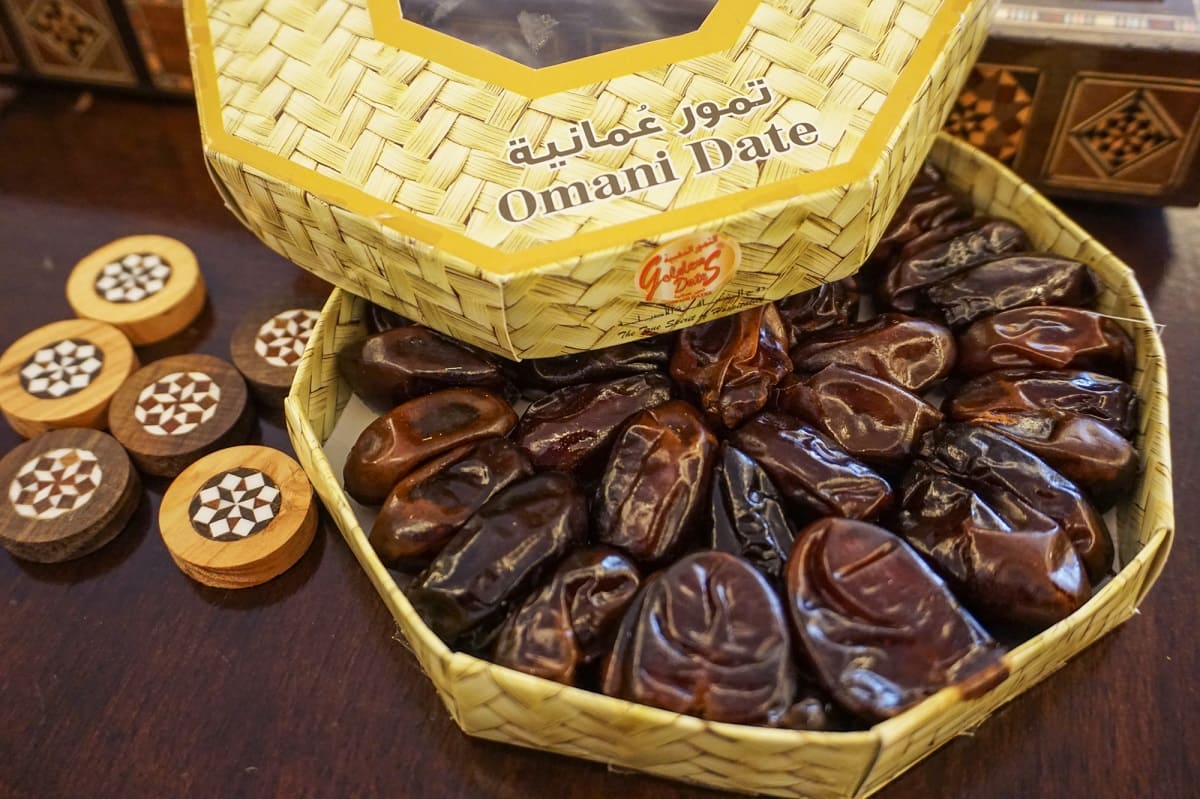
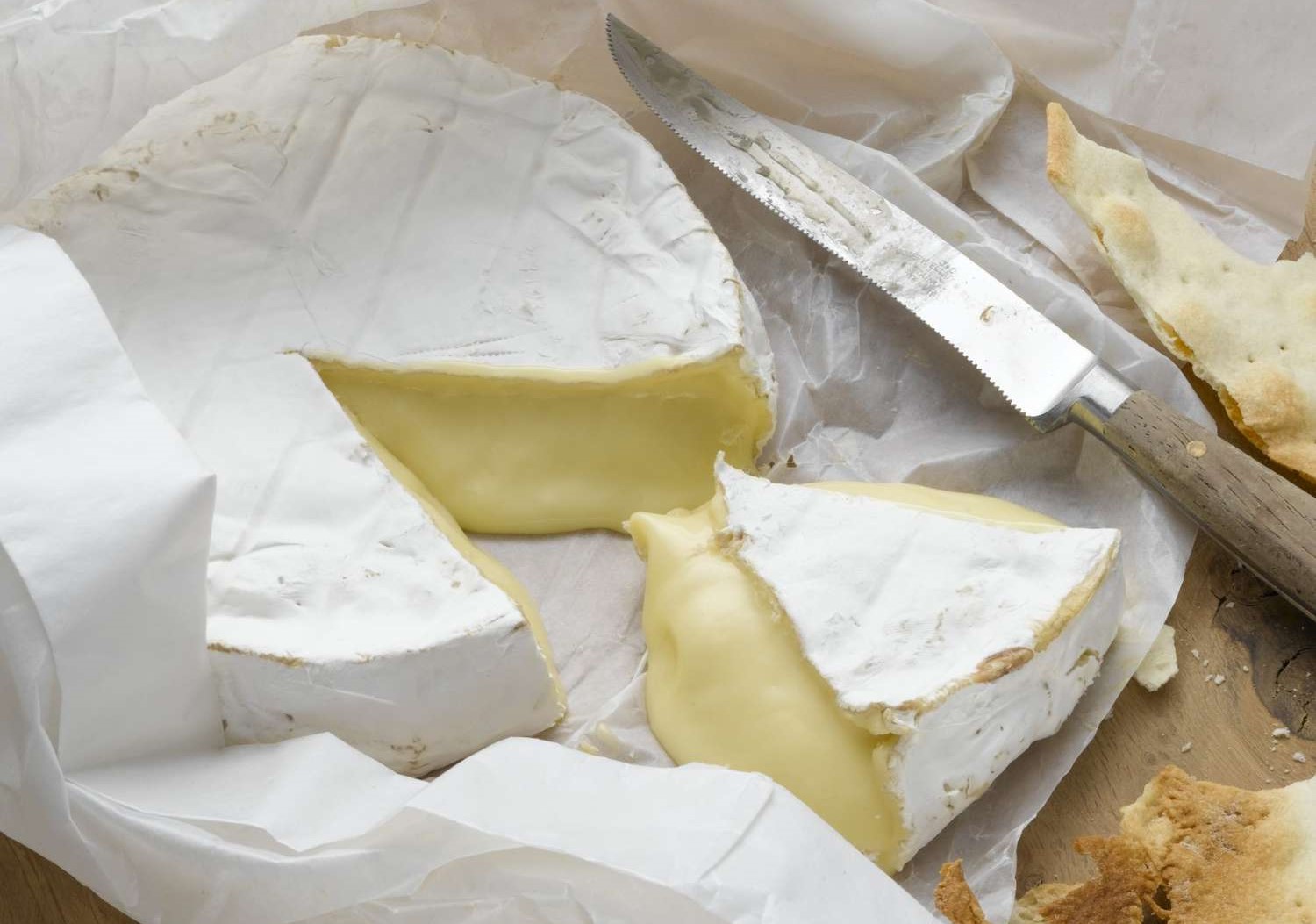
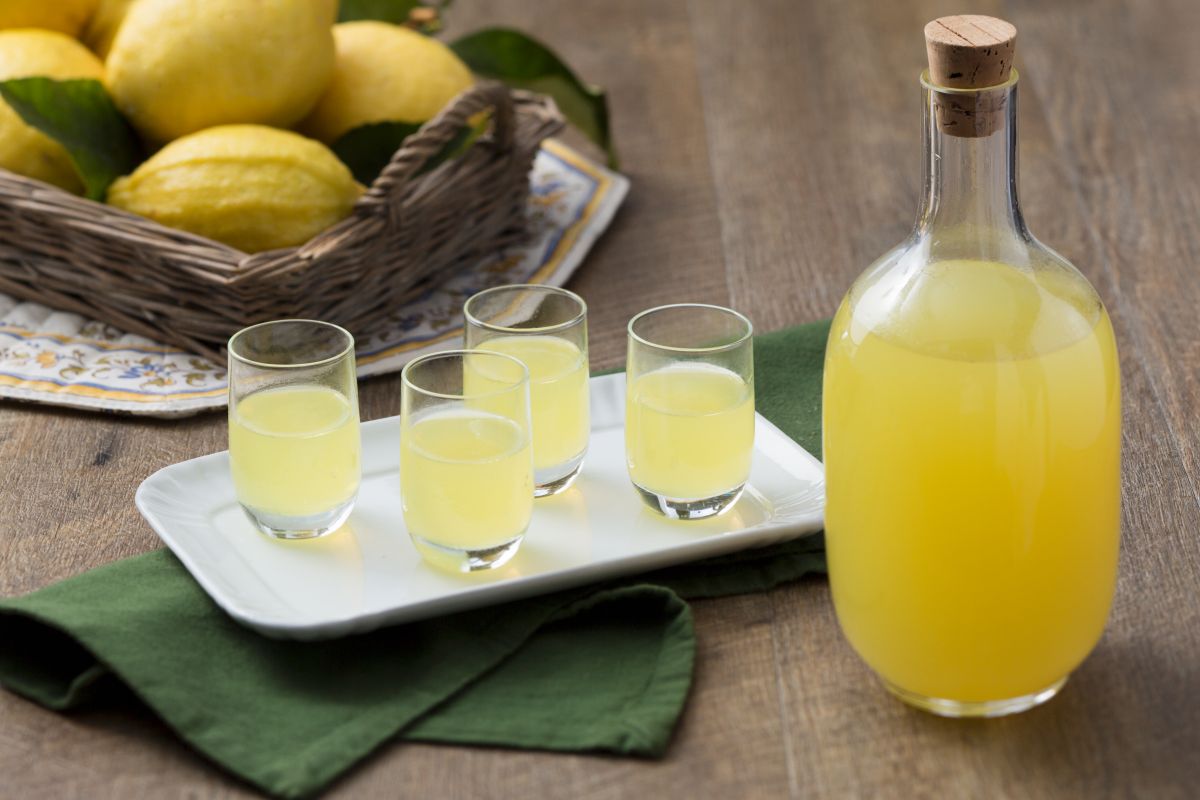
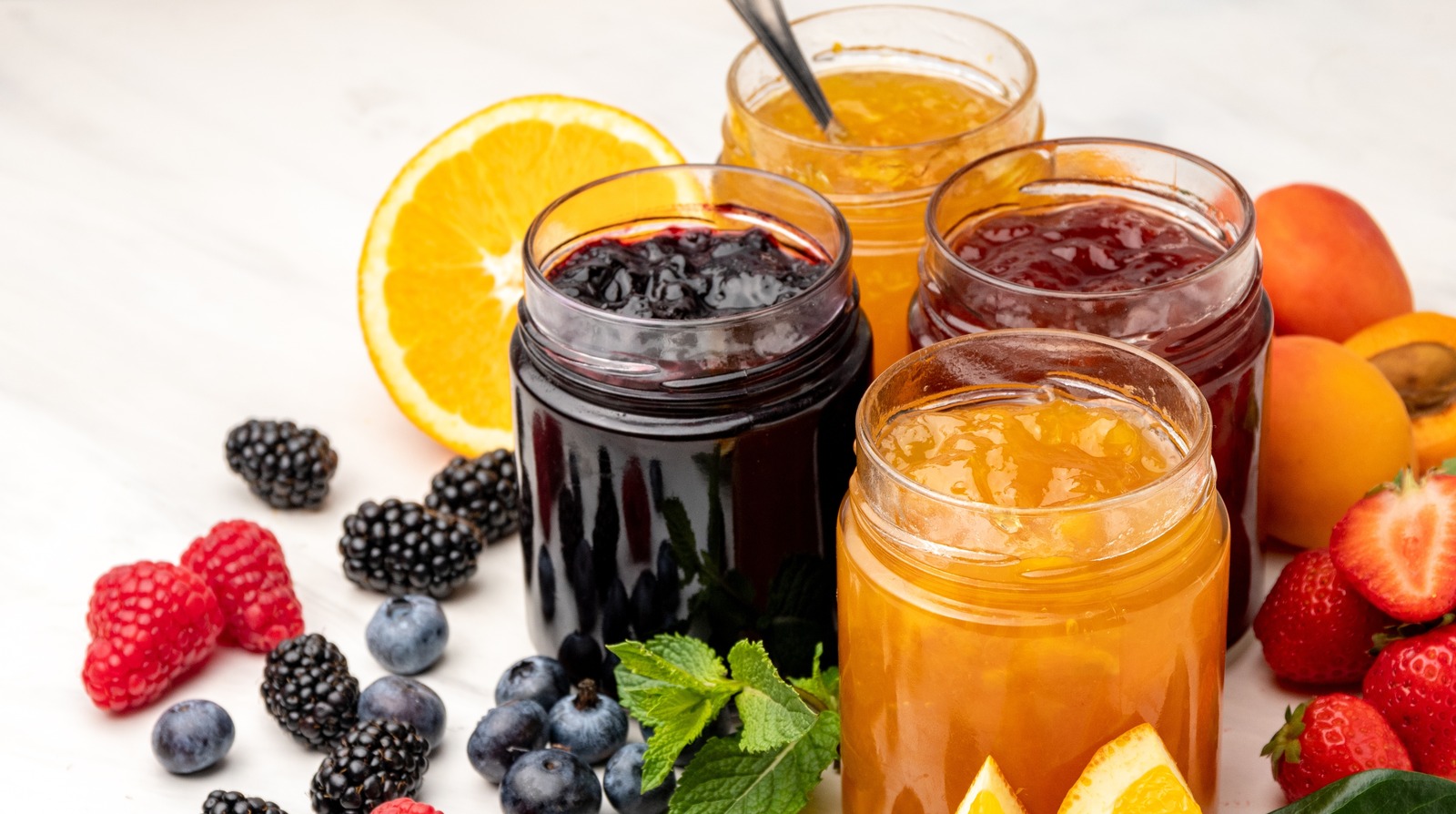
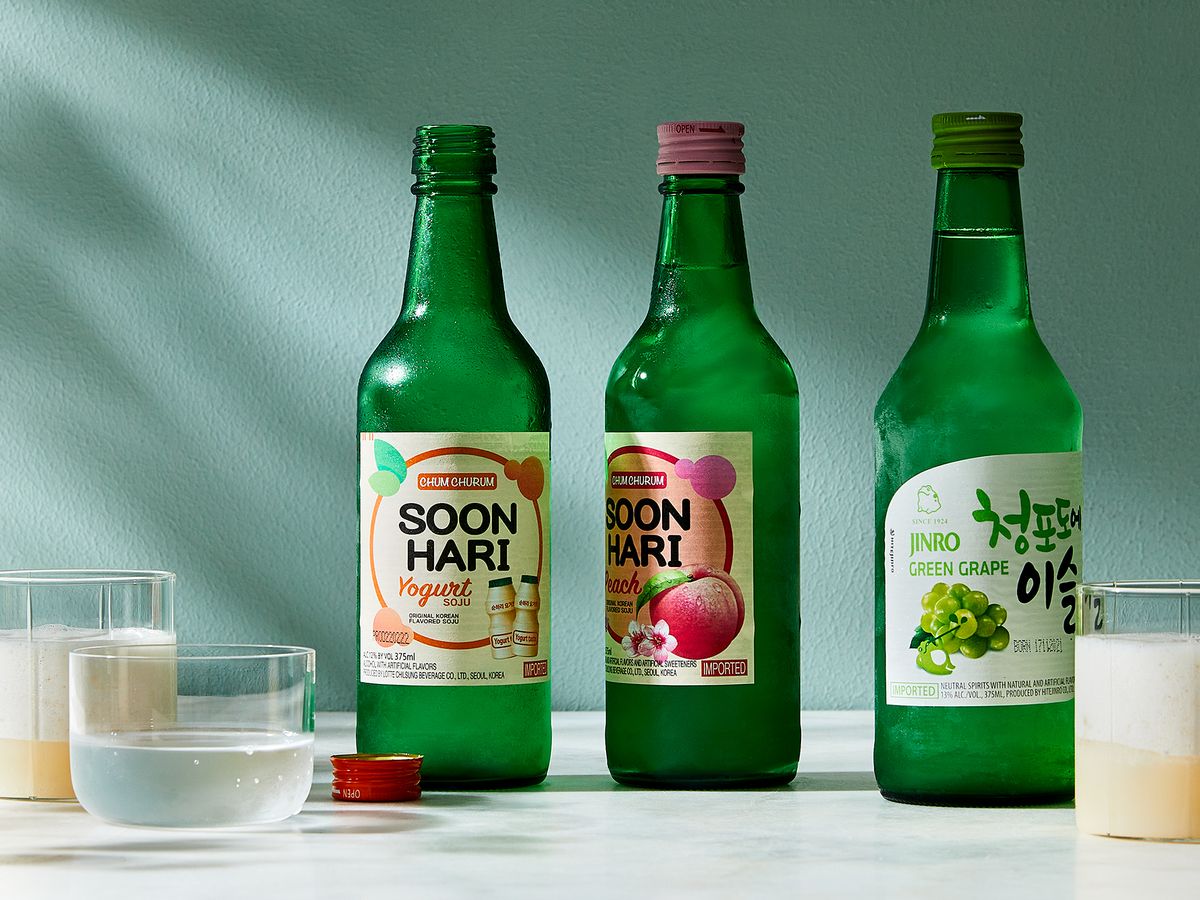
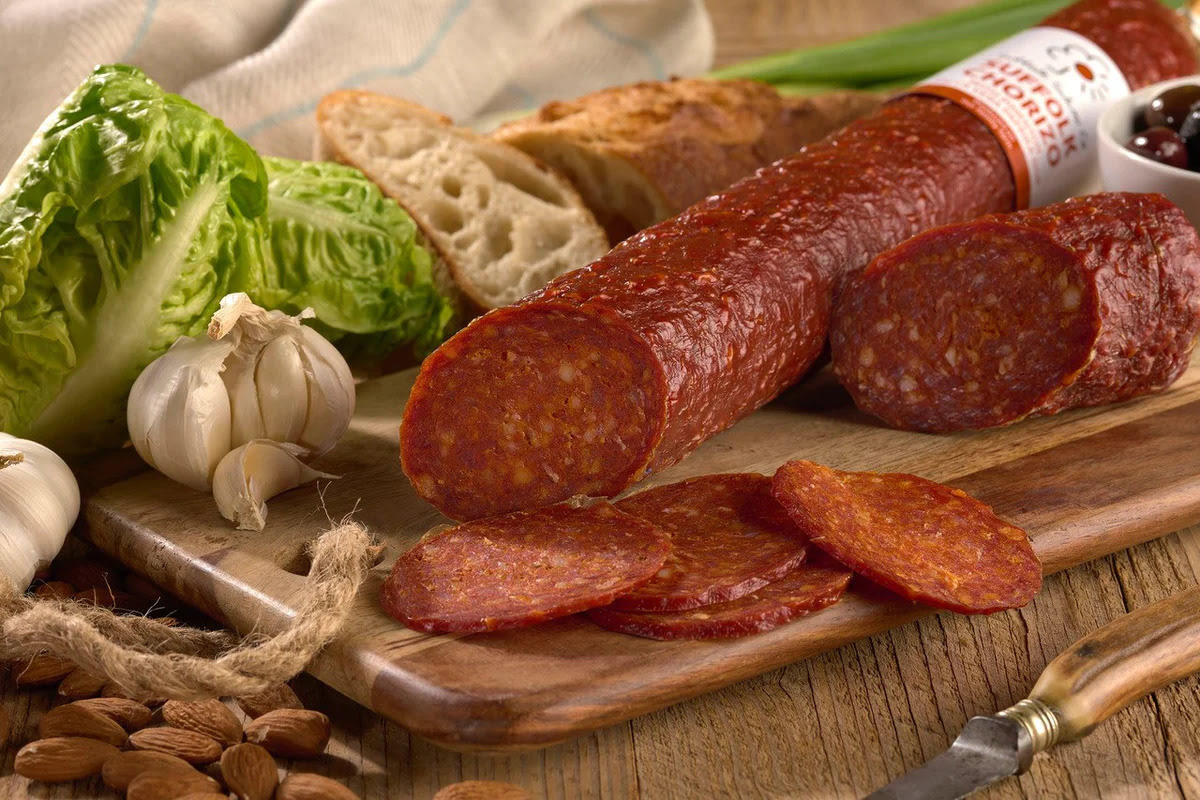
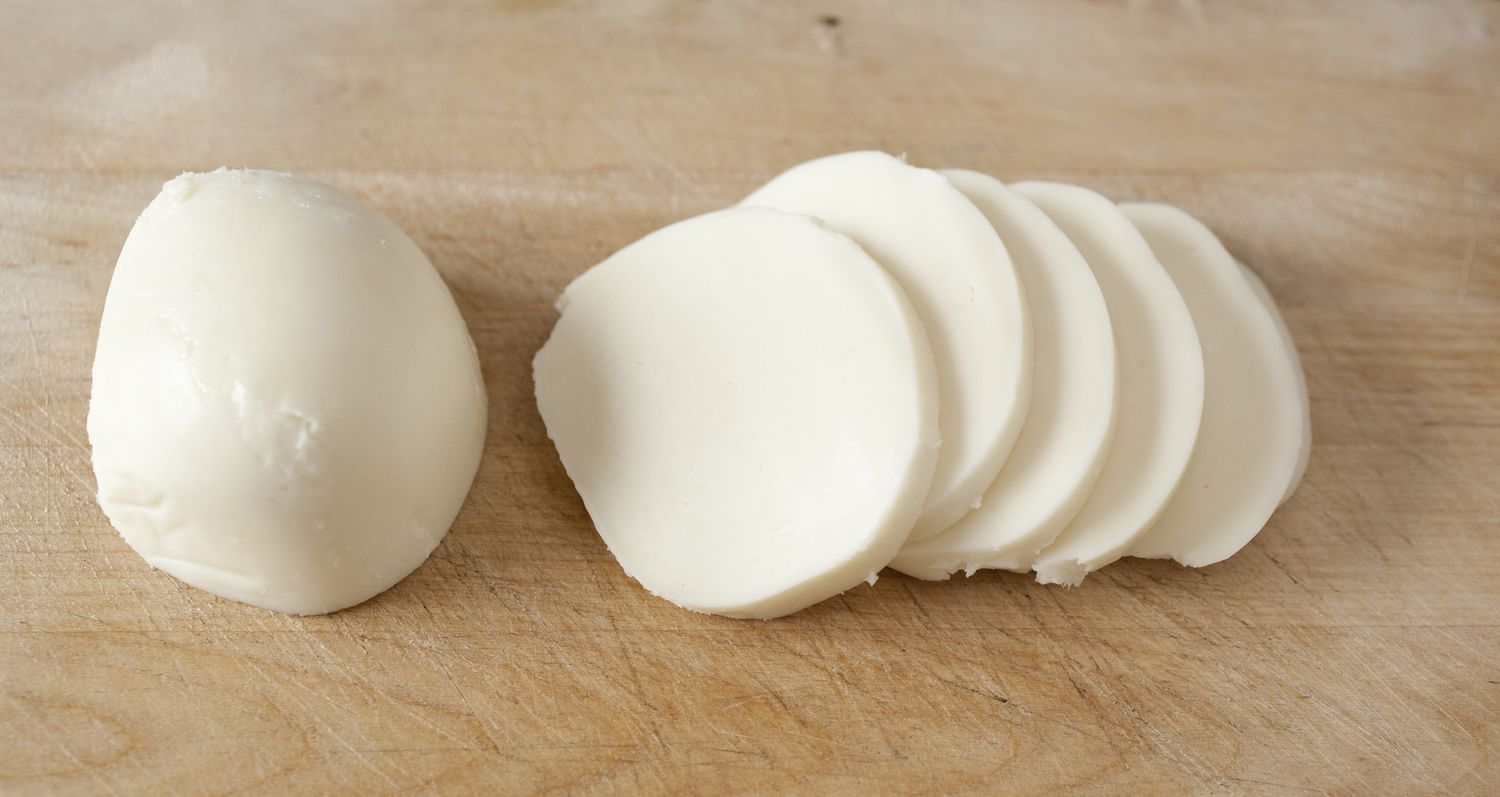
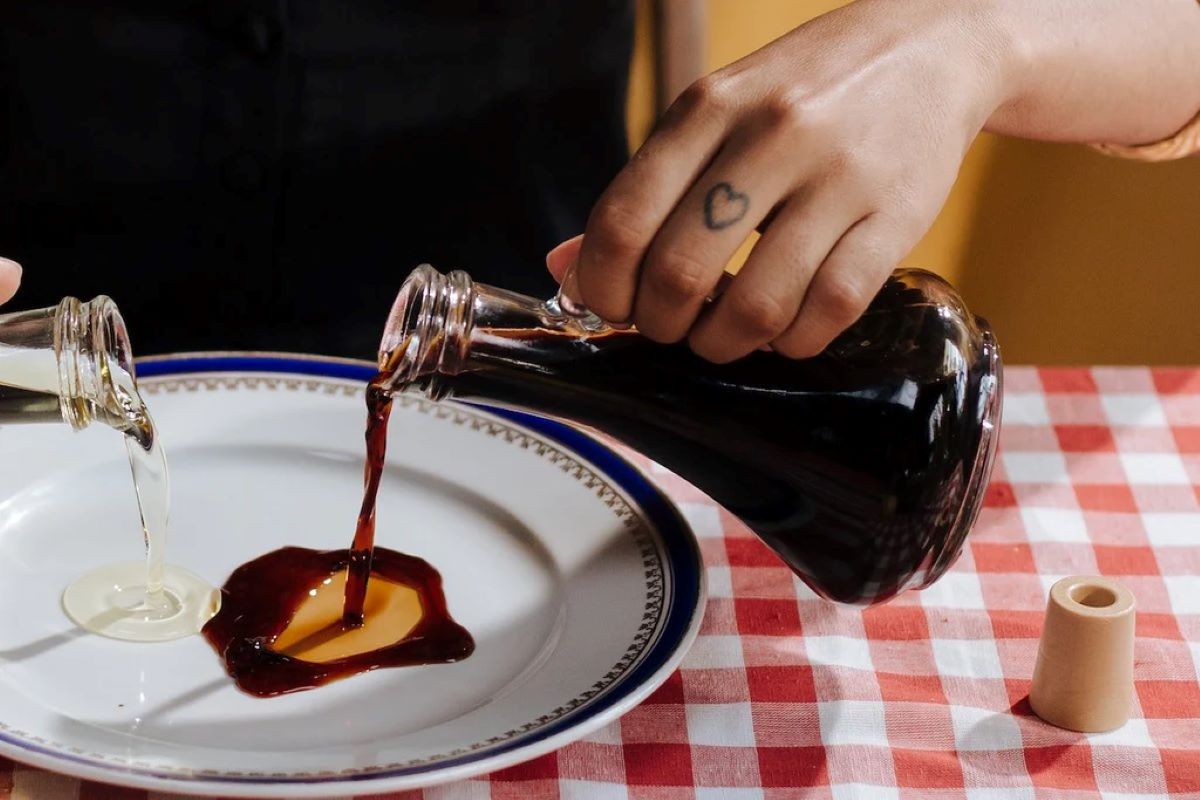

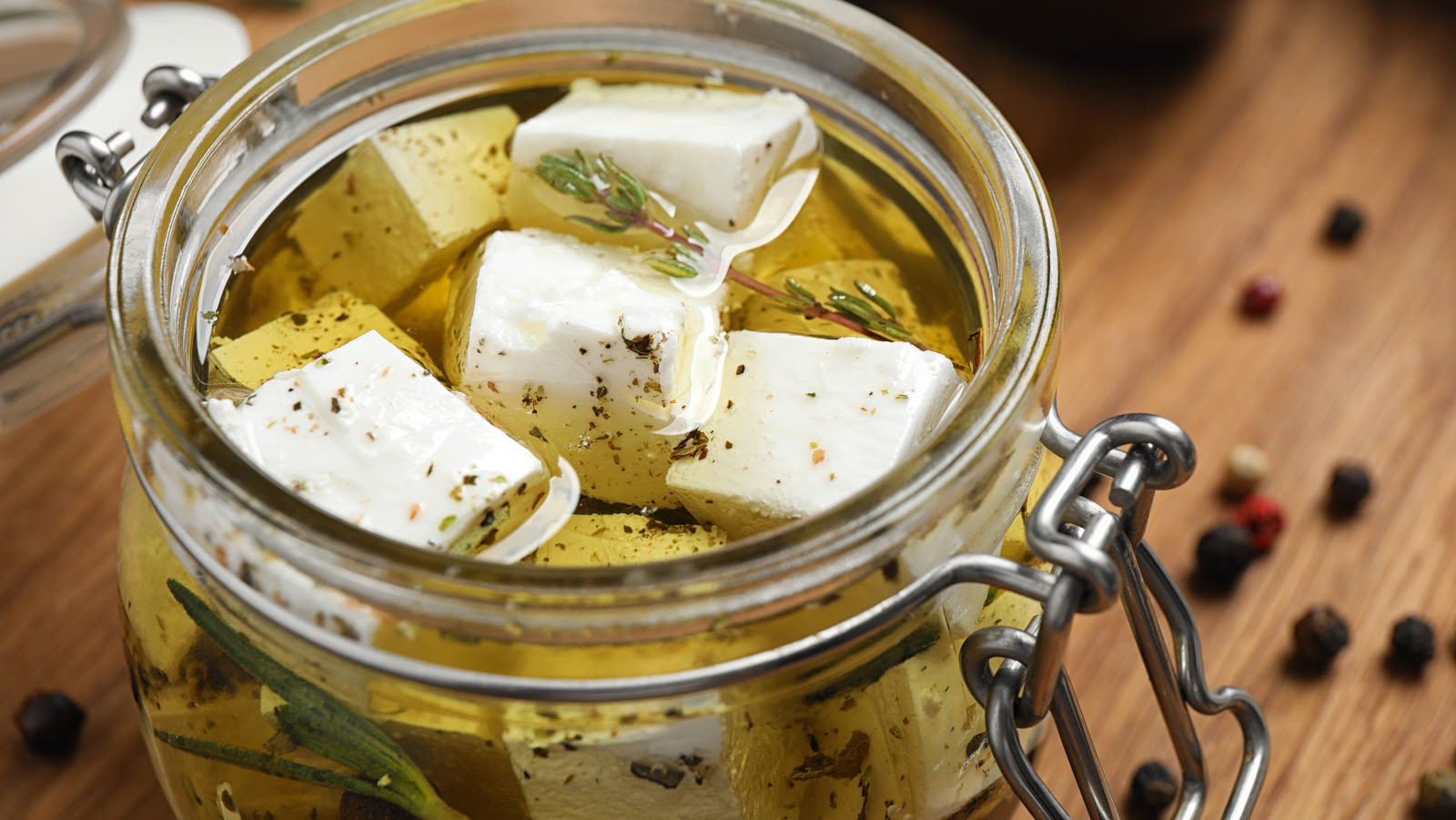
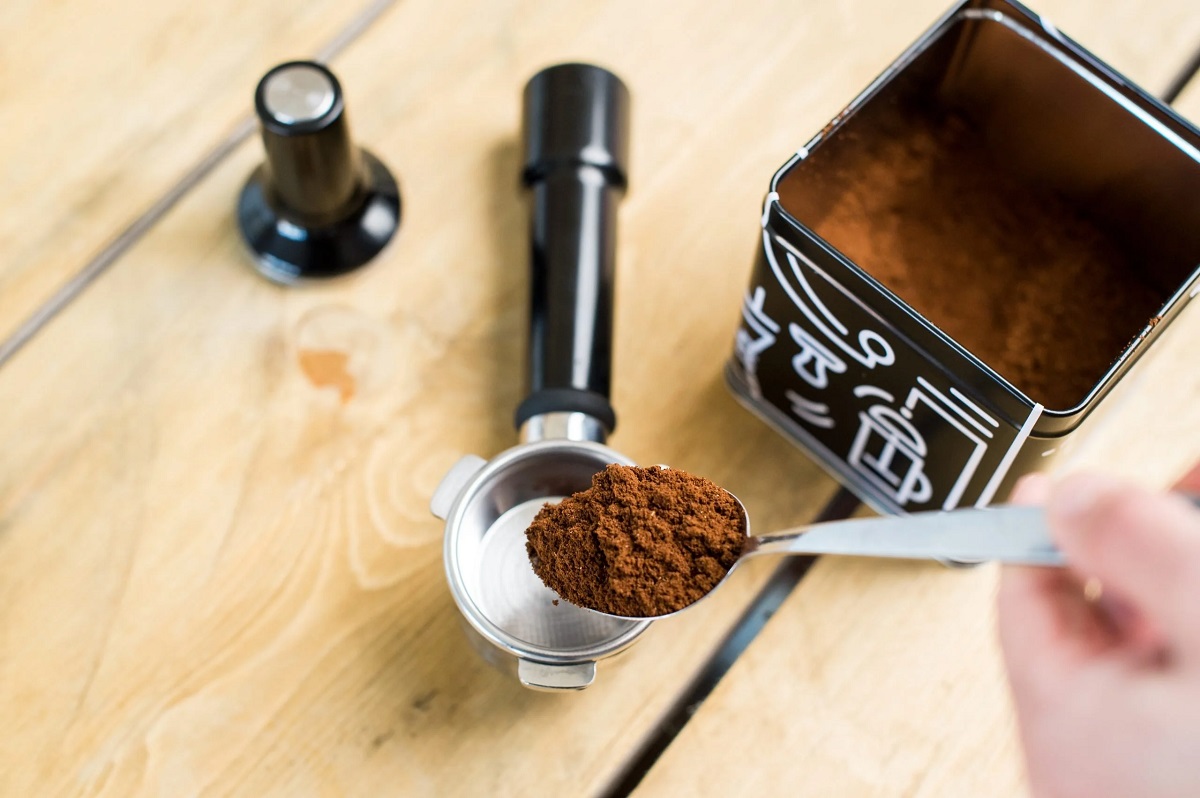
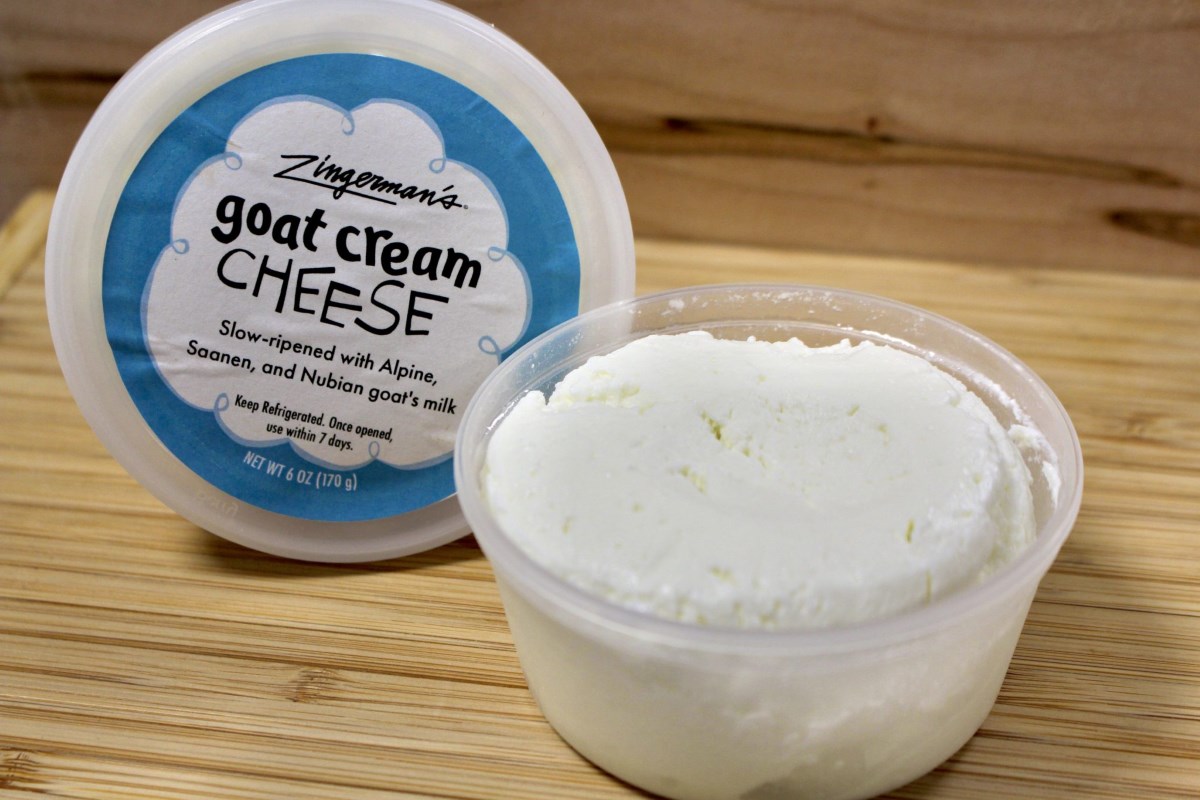
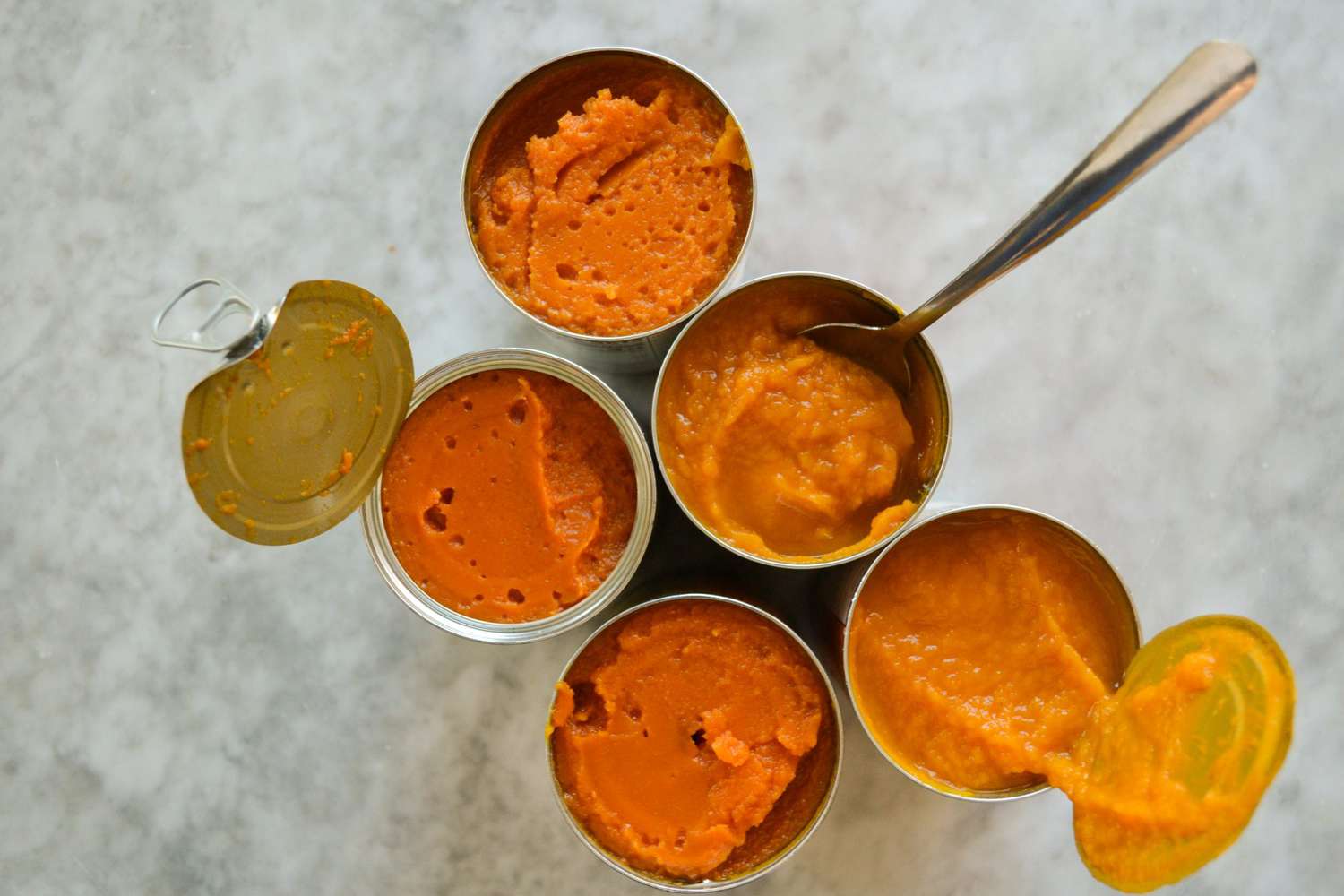

0 thoughts on “How To Store Chia Seeds Once Opened”